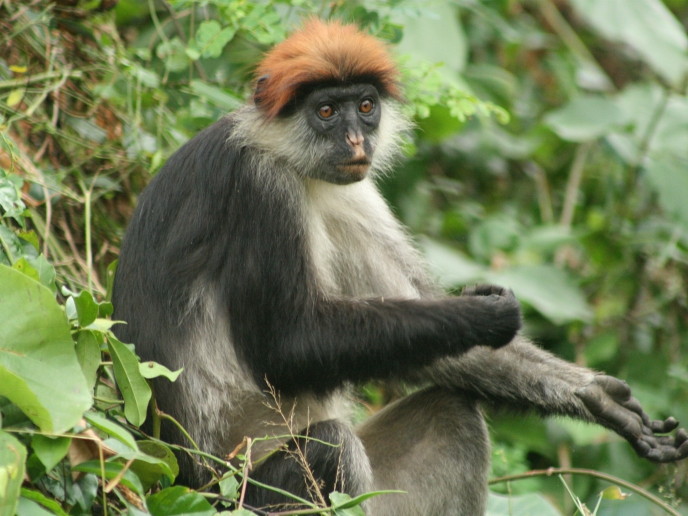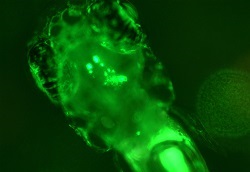Cell-to-cell adhesion in fruit fly retina
Kinases are an important class of regulatory proteins that constitute one of the largest and most functionally diverse gene families. They are enzymes that promote phosphorylation, or the addition of phosphate groups to other molecules. One family of these, Src kinases, plays an important role in remodelling of intercellular junctions (adherens junctions or AJs) during development and metastasis. European researchers recently demonstrated, in the fruit fly Drosophila melanogaster, that a protein complex consisting of dASPP (ankyrin-repeat SH3-domain proline-rich-region) and Boa (the protein in flies similar to mammalian Ras association domain family 8 that plays a direct role in tumour formation) regulates the function of the Src kinase in AJ localisation (polarisation). However, the molecular mechanisms and the exact effects of dASPP and Boa on developing epithelia were unknown. The lab initiated the ‘Functional analysis of dASPP/Boa, novel regulators of dCsk in epithelial growth and morphogenesis’ (DASPP/BOA Proteins) project to elucidate these mechanisms. Electron microscopy suggested that Boa mutants had defects in the vesicle trafficking pathway, the process by which cellular components contained in small vesicles are moved around the cell and inserted into their appropriate positions. The team conducted in vivo imaging studies in developing retina of live fly pupa together with three-dimensional (3D) electron microscopy demonstrating that, in fact, Boa modulated polarised vesicle trafficking and subsequently AJ stability during epithelial development in fruit flies. Project data has provided evidence of new regulators in epithelial growth and morphogenesis during development in the fruit fly. Similar mammalian gene groups may be active in some cancer development pathways.







